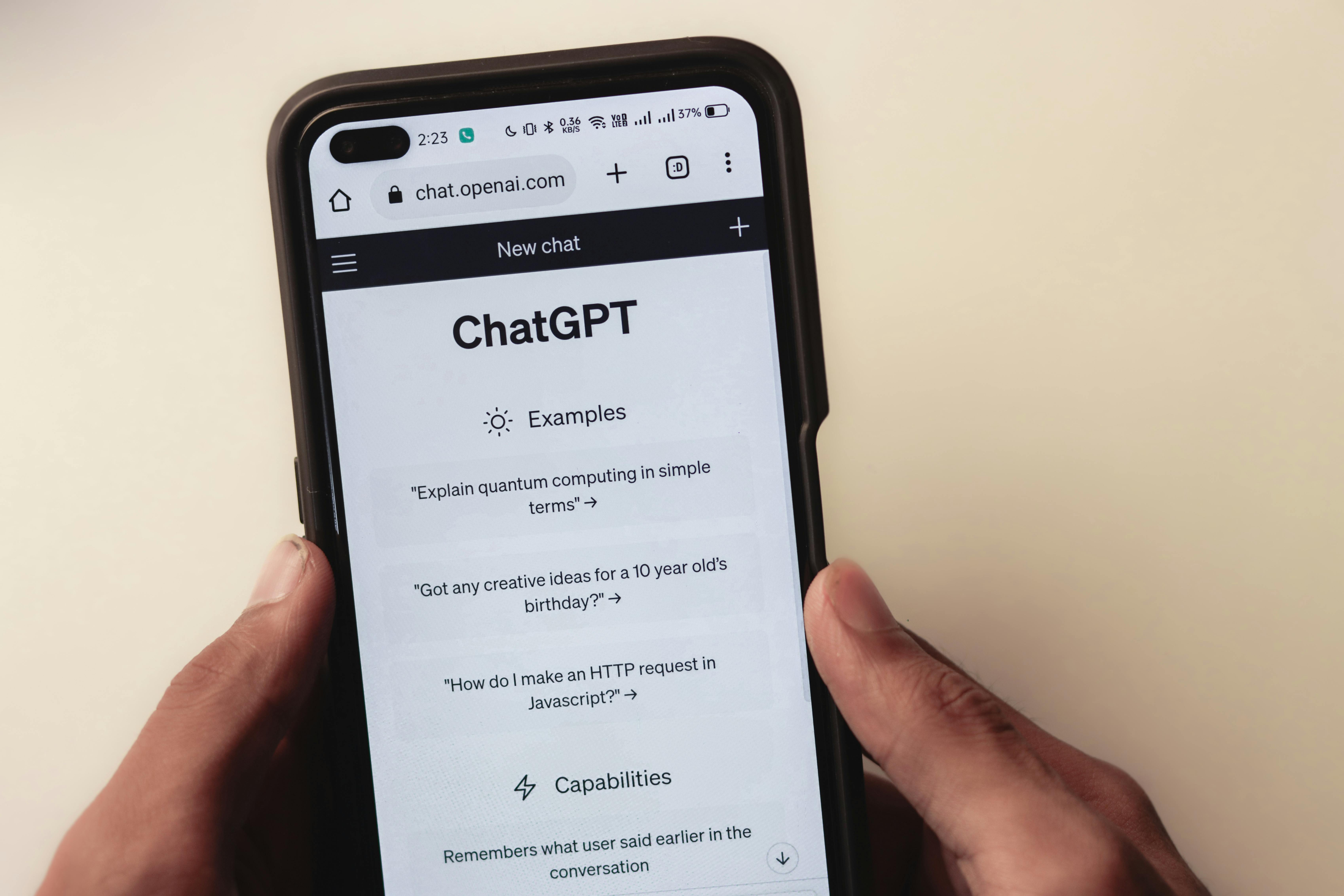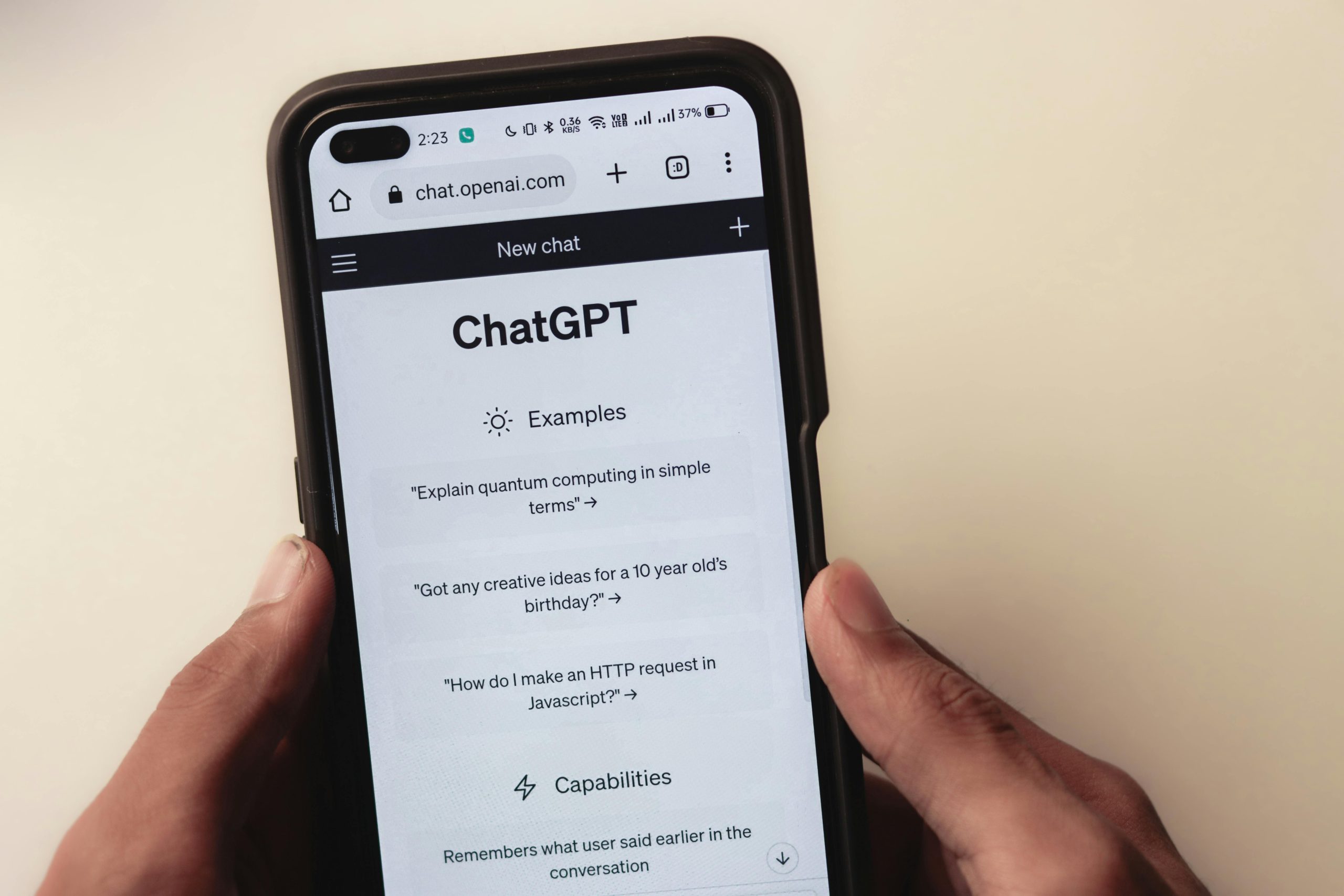
Broader Implications for Public Sector Technology Adoption
The news cycle around this specific set of queries has set off ripples that extend far beyond the county line, establishing precedents that will influence public sector technology adoption for years to come.
Establishing Precedents for Transparency in AI Procurement
The very fact that a media outlet successfully obtained these queries through a formal records request sets a monumental precedent for transparency in the use of AI by government agencies. It powerfully reinforces the legal and ethical expectation that any tool introduced into the public sphere, especially one that synthesizes or generates official text, remains subject to public records laws. This level of access is the fundamental mechanism for democratic oversight, ensuring citizens can audit not only *what* decisions are made but *how* the information informing those decisions is being generated or synthesized. This principle is only becoming more crucial given the new state-level requirements now on the books.
Navigating the Ethical Minefield of Algorithmic Bias
The incident that immediately drew the most scrutiny was the specific request concerning the masculine phrasing of an email. An employee instructed the software to draft a routine communication asking for a “monthly check-in with a department head” and explicitly told it to “sound like it was written by a man.” This moves the narrative squarely into the ethical domain of bias in governmental communication. It forces an institutional examination: are staff aware of, or susceptible to, reinforcing societal stereotypes when prompting these powerful tools? This specific query immediately opens the door for developing mandatory training modules designed to educate government users on recognizing and actively countering programmed biases. Efficiency gains cannot come at the cost of perpetuating inequitable language or tone in public-facing materials. The state’s new law speaks directly to this. The Texas Responsible AI Governance Act (TRAIGA), signed in June 2025 and effective January 1, 2026, prohibits AI systems intended to unlawfully discriminate against protected classes, though it requires demonstrating *intent* to discriminate. This local incident provides a perfect, concrete example of the subtle bias issues TRAIGA is meant to address on a statewide level.
The Long-Term Impact on Staff Skill Sets and Training Investment. Find out more about Harris County Judge Lina Hidalgo ChatGPT usage.
The ongoing integration of tools like ChatGPT will inevitably reshape the required competencies for every government employee, from the entry-level clerk to the senior policy advisor. As AI shoulders more of the basic synthesis and initial drafting, the premium skills will shift dramatically. Here is how the required government skill set is changing:
This shift necessitates a corresponding, significant investment in continuous professional development. The goal is to retrain current staff to become adept supervisors of artificial intelligence rather than mere users of traditional word processors. Government agencies need to start planning this training investment now, long before the Jan. 1, 2026, effective date of TRAIGA, which requires training for officials.
The Context of County Operations and Public Service Challenges
To truly understand why any government office—even one deeply aware of the risks—would push the boundaries with new administrative tools, you must examine the immediate, on-the-ground realities of running a major American county.
Current Fiscal Headwinds and Revenue Constraint Discussions
Harris County, like many large municipalities, is navigating significant financial pressures. Reports indicate these pressures are partially stemming from state-level revenue restraints. This backdrop of budgetary austerity doesn’t just make an office *want* efficiency; it makes efficiency a necessity to maintain service levels. In this environment, any tool that can demonstrably save personnel hours or reduce overhead amplifies its perceived value exponentially. The push for AI assistance in the Judge’s office can thus be viewed as a tactical response to broader fiscal policy challenges impacting the delivery of essential county services. Proving that every administrative corner is being wrung dry of inefficiency helps build a case for future budgetary requests.
The High-Stakes Political Arena Surrounding Essential Services. Find out more about Harris County Judge Lina Hidalgo ChatGPT usage tips.
This push for prudence is heightened because these administrative tasks exist alongside highly visible, politically charged debates over funding critical social programs. The narrative around AI efficiency becomes intertwined with major political battles, such as Judge Hidalgo’s recent proposal to let voters decide on a “penny tax” to secure ongoing funding for early childhood education programs, a proposal that faced opposition from fellow Commissioners Court members. This context matters. When the governing body is publicly debating tax proposals to fund vital programs—and when federal funds supporting those programs are set to expire—the perceived need to demonstrate fiscal discipline in every corner of the office is magnified. The administrative efficiency being sought by using AI is being tested in the crucible of high-stakes public finance.
Examining Disaster Preparedness and Information Dissemination
Another critical lens through which to view new administrative technology is disaster response. Recent major weather events, such as the impact of Hurricane Beryl, starkly remind us that government preparedness hinges on clear, rapid, and accurate communication across myriad platforms, from official websites to public alerts. The lessons learned from managing those chaotic response periods—where accurate, polished guidance is needed in minutes, not hours—underscore the importance of tools that can quickly generate and disseminate error-free information during a crisis. This suggests a powerful, justifiable role for AI in future emergency communications protocols, provided the verification loops are even tighter than those required for routine correspondence. For guidance on this balance, agencies often look to reports from bodies like NIST’s AI Risk Management Framework for best practices in high-stakes environments.
Perspectives on the Digital Transformation of Public Trust
The integration of these tools into the machinery of government challenges the very foundation of public trust. How citizens perceive the adoption of AI will depend entirely on the governance framework deployed around it.
The Academic View on Practical Governmental AI Integration
As noted earlier, the cautious optimism from political science lecturers suggests a balanced view: using AI to expedite the “ironing out of kinks” aligns with progressive goals of improving constituent services. However, this endorsement is fragile. It rests entirely on the existence and strict enforcement of rigorous human verification loops designed to catch systemic errors or fabricated information generated by the machine. The takeaway for public officials should be clear: AI must serve as an accelerant for good processes, not a replacement for human diligence.
Accountability and the Future of Public Records Integrity. Find out more about Harris County Judge Lina Hidalgo ChatGPT usage strategies.
The integration of AI immediately raises profound, unresolved questions about accountability when errors inevitably occur. If an AI-generated draft contains a factual error—perhaps a misstated date on a public notice or an incorrect citation in a legal summary—that is subsequently approved and published, where does the ultimate responsibility legally and ethically reside? Consider the possible lines of culpability:
Navigating this accountability vacuum will be central to maintaining public trust as AI becomes more embedded in the preparatory stages of policy, lawmaking, and public outreach throughout the county structure. This mirrors the broader push for accountability seen in recent state legislation, such as the push for ethics reform in flood control contracting, which shows a consistent demand for clear documentation of decision-making.
The Comparison to Traditional Administrative Support Methods
This entire story inherently invites a comparison between the capabilities of this new digital assistant and the established, traditional methods of administrative support—relying on junior staff research, manual copy editing, or standard word processing. For any agency considering long-term technology adoption, understanding the comparative results is essential:
Without this comparative analysis, justifying the technology’s continued presence and associated expenses in the operational budget moving forward becomes an exercise in faith rather than fiscal prudence. The focus must remain on augmenting human capability, not simply swapping one cost center for another.
Conclusion: A Measured Step into the Automated Future
As of today, October 27, 2025, the situation surrounding AI use in the Harris County executive office offers a blueprint for how local governments can proceed—cautiously, transparently, and with explicit boundaries.
Summary of Key Findings Regarding Current Usage
In summary, the documented usage reflects a pragmatic, *experimental* approach to administrative enhancement. The tools are being deployed primarily for time-saving, low-stakes tasks like drafting standardized communications and preliminary research synthesis. The notable exception—the request for gendered stylistic revision—serves as a critical cautionary tale regarding the inherent risks tied to unchecked model interaction, even in routine tasks. The county’s immediate response—a declaration of non-reliance on AI for final policy—is the necessary guardrail.
Looking Forward: Balancing Innovation with Public Trust Imperatives
The path forward for this office, and for local governments nationally, necessitates a delicate equilibrium. The undeniable potential for efficiency gains must be perpetually weighed against the immutable requirement to uphold the highest standards of accuracy, equity, and public transparency. The story of the AI queries from Judge Hidalgo’s office is not an isolated anecdote; it is a bellwether event illustrating the evolving, complex negotiation required to harness the power of twenty-first-century computation while serving the bedrock democratic principles of a major American county. Actionable Takeaway for Your Organization: Before you let staff use any generative AI tool for official business, mandate the creation of an internal *Use and Verification Protocol*. This protocol must explicitly state:
This layered defense—policy, verification, and ethical review—is the key to reaping the benefits of this powerful technology without sacrificing public trust. What do you think is the most significant long-term risk for public sector adoption of AI: factual error or subtle bias perpetuation? Share your thoughts in the comments below and join the conversation on implementing effective AI policy and training! [Internal Link] For deeper context on the Texas regulatory environment, see our recent deep-dive into the impact of state AI governance on local operations. [Internal Link]










